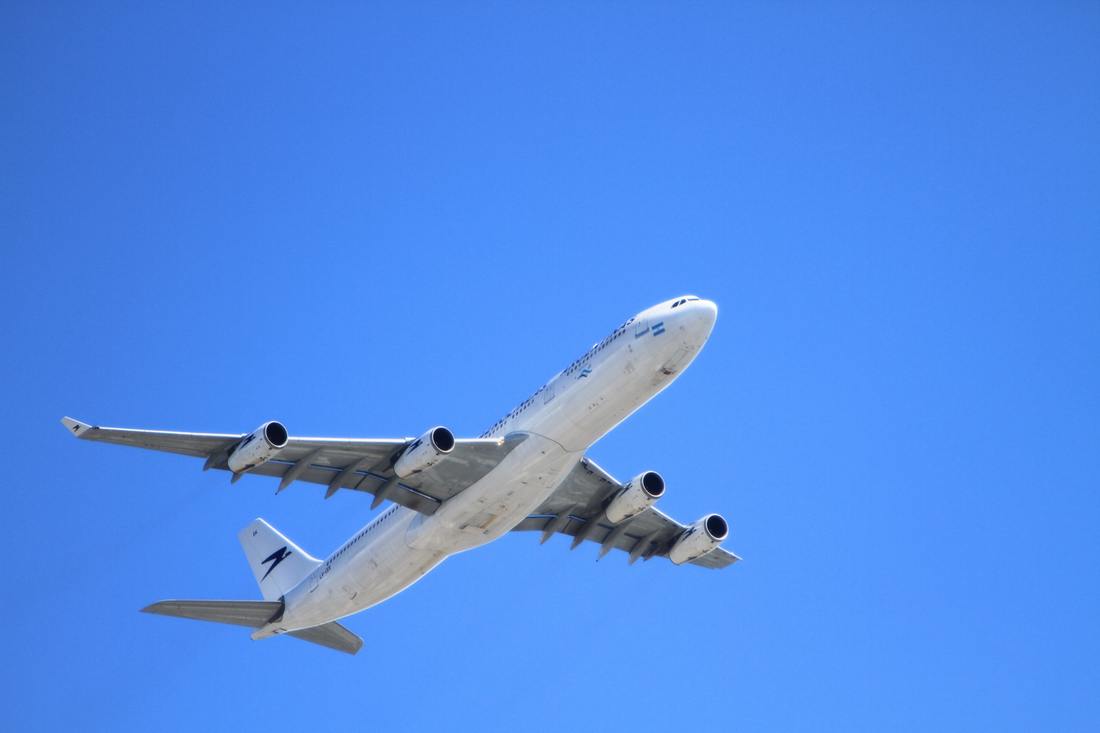Increasing Speed and Quality of Aircraft Autothrottle Testing
|
The Challenge
The client is a leading manufacturer of components and controls for military vehicles, weapons systems, and aircraft. They also produce controls for commercial aircraft, including throttle controls for the new fly-by-wire systems.
Testing is a critical part of aircraft production where life is at stake. The company was testing every throttle quadrant assembly (TQA) manually, and the process was taking as long as eight hours to complete. An additional complication was that they were testing different types of throttles, and each required separate test procedures and connection hardware. The software and hardware had to be modular to allow testing of multiple types of autothrottles for multiple aircraft.
Testing is a critical part of aircraft production where life is at stake. The company was testing every throttle quadrant assembly (TQA) manually, and the process was taking as long as eight hours to complete. An additional complication was that they were testing different types of throttles, and each required separate test procedures and connection hardware. The software and hardware had to be modular to allow testing of multiple types of autothrottles for multiple aircraft.
The Solution
Automation was key to speed up the testing process. The test time varied greatly between operators, but even in the best case took several hours. Manually testing is also much more prone to quality issues caused by operator technique. Additionally, a human operator is quite limited in the speed of data they are capable of collecting and recording.
|
Dramatically Faster Testing The test time was reduced from between 4 - 8 hours per unit down to 1/2 hour. |
A fully-automated functional test was used to address these issues. Using off-the-shelf and custom-designed components, we created a flexible automated test platform. The system used an abstracted interface to allow the support of many different types of TQA's.
With the multi-product support, the system replaced multiple ad-hoc test setups with a single clean equipment rack. This provides a savings of the cost of supporting multiple test lines with duplicate equipment. It is also a large space savings. The TQAs are a high-complexity, low-volume product, so the single tester is able to support multiple production lines. It is also very easily replicated if tester throughput ever becomes a bottleneck. |
The system is capable of collecting and recording data at high speed. This greatly increased the quality of the test. For example, while a human operator can spot check the ARINC communication, the automated system performs an analysis of 100% of the ARINC packets, including inspection of every part of the packet. It is capable of detecting a single bit glitch during the entire test cycle, something that would be invisible to a manual operator.
|
The design is designed with the future in mind. The modular interface design makes it easy to expand support for additional throttle types. The only custom hardware for a new throttle is a cable set to match the connectors and modifying software parameters to test the new design.
The ResultsThe automated system increases test coverage and quality and is also much faster. The time to test a throttle with the manual system varied greatly, depending on the skill of the operator, ranging from about four hours for a highly skilled operator, to as much as eight hours for an operator less familiar with the throttle. The automated system can test a throttle in about half an hour.
|


